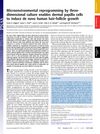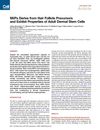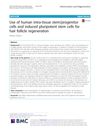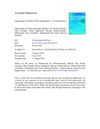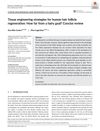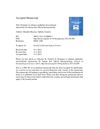Induction of Skin-Derived Precursor Cells from Human Induced Pluripotent Stem Cells
December 2016
in “
PLOS ONE
”
skin-derived precursor cells human induced pluripotent stem cells noggin SB431542 neural crest progenitor cells WNT signal activator CHIR99021 adipocytes skeletogenic cells Schwann cells human epidermal keratinocytes follicular type keratinization androgenic alopecia skin dermal stem cells skin dermal regeneration hiPSCs SKPs WNT activator
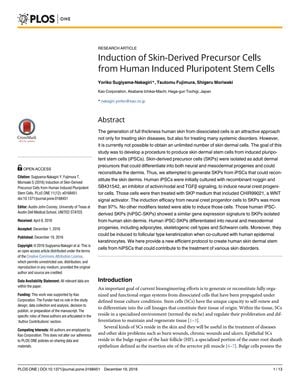
TLDR Scientists made skin stem cells from other human cells with over 97% efficiency, which could help treat skin conditions.
In the 2016 study, researchers successfully developed a protocol to generate skin-derived precursor cells (SKPs) from human induced pluripotent stem cells (hiPSCs). By culturing hiPSCs with noggin and SB431542, they induced neural crest progenitor cells, which were then treated with a WNT signal activator, CHIR99021, to produce SKPs with an induction efficacy of over 97%. These hiPSC-derived SKPs shared a gene expression profile with SKPs from human skin dermis and were capable of differentiating into various cell types, including adipocytes, skeletogenic cells, and Schwann cells. Furthermore, when co-cultured with human epidermal keratinocytes, the hiPSC-SKPs could induce follicular type keratinization. This method holds potential for advancing treatments for skin disorders and conditions such as androgenic alopecia. The study's findings are significant as they offer a highly efficient way to create human skin dermal stem cells from hiPSCs, which could be beneficial for skin dermal regeneration in clinical settings.

